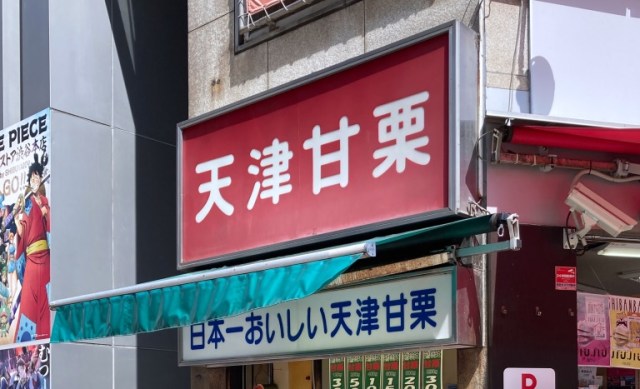
It’s been right there at the Shibuya Scramble intersection for decades.
Commercial real estate doesn’t get much more desirable than a spot by Tokyo’s Shibuya Scramble intersection. As one of the busiest crosswalks in the world it boasts a tremendous amount of foot traffic, and the Scramble’s prominent presence in travel programs and movies makes it an attractive spot for any Japanese company looking to boost their global prestige and brand recognition.
So if we told you that one tenant has held on to its spot on the scramble for decades, you might be imagining it’s one of the most famous and fashionable organizations in Japan.
▼ This tenant here, underneath the arrow
But this isn’t the location of a trend-setting boutique, evergreen tech company, or finger-on-the-pop-culture-pulse talent agency. No, this is…
…Tenshin Amaguri (天津甘栗), a stand selling amaguri, or sweet roasted chestnuts.
Tenshin Amaguri has a handful of branches in the Tokyo area, but this one, in Shibuya, was the first. When our ace reporter Mr. Sato first moved to Tokyo 30-someodd years ago, it had already been in the neighborhood for as long as any of his then-new Tokyoite friends and coworkers could remember. The faded red color of the shop’s sign is further proof that’s it’s been part of the sheet-metal foliage of Shibuya’s concrete jungle for a long, long time.
But while Mr. Sato has walked by Tenshin Amaguri countless times in the decades since he first set foot in Shibuya, he recently realized that he’s never actually bought any of their chestnuts, so the next time his pursuit of journalistic excellence took him to this part of town he decided to change that.
In all these years, Tenshin Amaguri hasn’t forgot its humble roots, and even today the store looks just as simple and unassuming as it ever has (though the sign underneath the awning does boast “The most delicious sweet roasted chestnuts in all of Japan”). 300 yen (US$2.40) gets you 100 grams (3.5 ounces) of chestnuts, but 200 grams is only 500 yen, a 100-yen savings. There’s no economic advantage at the next step, 400 grams for 1,000 yen, but that’s what Mr. Sato opted for anyway, since he wanted to test out a theory when he got back to the office.
As the staff handed Mr. Sato his box of chestnuts (you can get them in a bag, too if you prefer) he asked how long Tenshin Amaguri’s Shibuya shop has been in business. “About 60 years” they told him, making his 400-gram box feel even more substantial with the weight of history the chestnuts represent.
Once back at SoraNews24 headquarters, Mr. Sato took a moment to admire the box’s classy wrapping, decorated with the kanji for kuri/chestnut (栗).
He then removed the wrapper and took another moment to appreciate the cute playfulness of the mascot character, wondering if he has a name like “Kurisuke” and concluding that he’d be happy to wear a T-shirt with this design.
Inside, obviously, were a whole bunch of chestnuts. There’s also a paper diagramming the easiest way to peel them, which is to make a horizontal incision with your thumbnail, then pull the edges of the opening outward.
There was also a utensil in a wrapper with kuritsume, or “chestnut nail,” written on it. It’s a plastic piercer/spoon that you can use to break the chestnut’s skin in order to peel it, and also to scoop the nut out.
Mr. Sato hadn’t eaten amaguri since he was a kid, but apparently peeling one is just like riding a bike, as his finger muscles remembered how to deftly do the job without bruising or tearing the edible inside.
The amaguri was a nostalgia trip for his taste buds too, firing his flavor receptors with its robust nutty sweetness for the first time in far too long, and that brings us to why he bought so many.
Like we said earlier, Mr. Sato has been living in Tokyo for roughly 30 years, and until this day had never once actually eaten Tenshin Amaguri’s chestnuts. He had a hunch that that was true for a lot of other members of our staff, so he went around the room handing out samples and asking everyone if they’d ever bought a bag or box from the Shibuya shop.
Sure enough, out of the eight other people at work that day to share in the amaguri bounty, only one of them, fellow veteran staffer Go Hatori (pictured at the bottom right below), had ever eaten them.
With Tenshin Amaguri’s Shibuya shop having been in business for so long, it’s easy to start assuming it’ll be there forever. As we’ve seen with recent closures of other once seemingly permanent institutions like Sega’s giant Akihabara and Ikebukuro arcades, or the awesome Oedo Onsen Monogatari and Toyota historic car museum in Odaiba, when the end comes, it can come quickly. So if there’s some local landmark you find yourself walking right past time and time again, whether it’s in Tokyo or some other part of the world, maybe the best time to check it out isn’t “next time,” but right now.
Shop information
Tenshin Amaguri (Shibuya Hachikomae branch) / 天津甘栗(渋谷ハチ公前本店)
Address: Tokyo-to, Shibuya-ku, Jinnan 1-23-8
東京都渋谷区神南1-23-8
Open 10 a.m.-9 p.m.
Photos ©SoraNews24
● Want to hear about SoraNews24’s latest articles as soon as they’re published? Follow us on Facebook and Twitter!
[ Read in Japanese ]

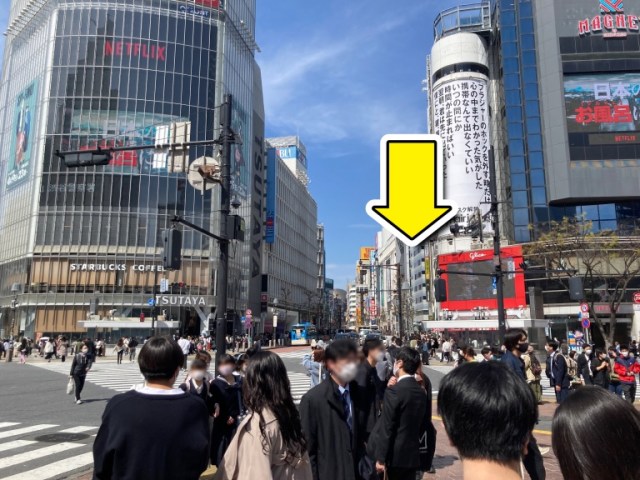
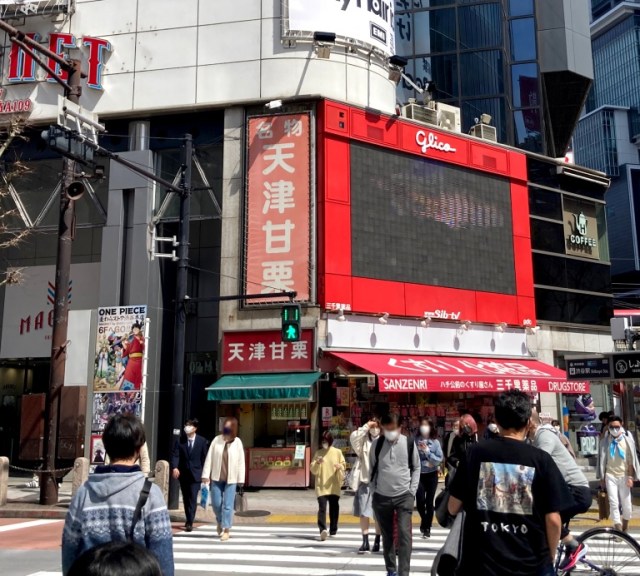
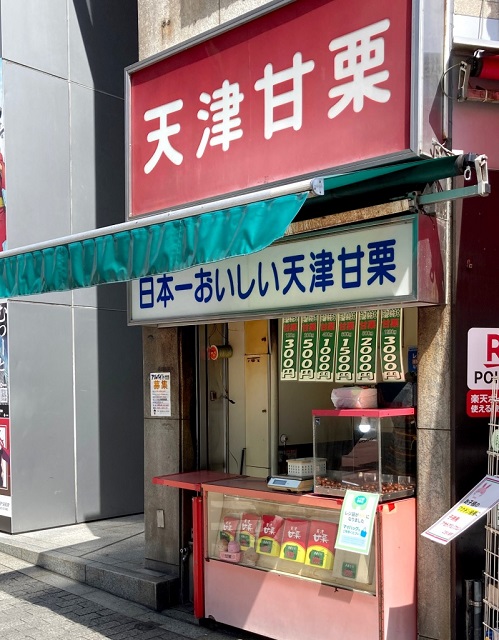
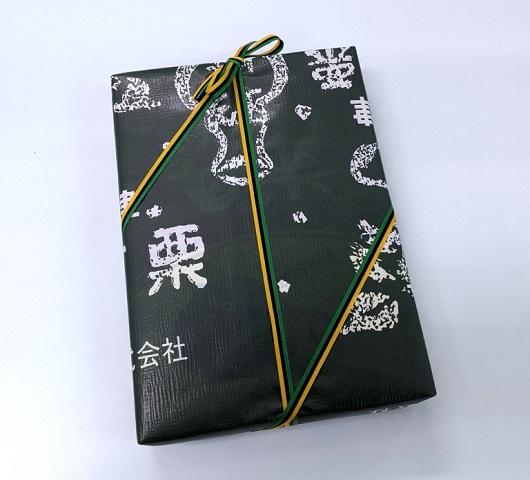

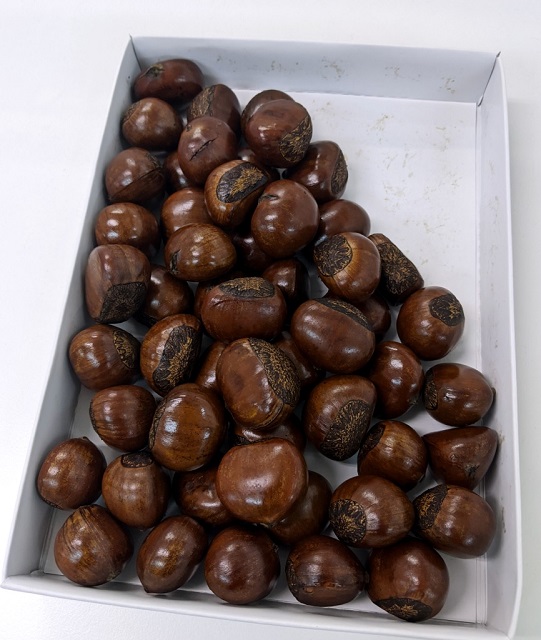
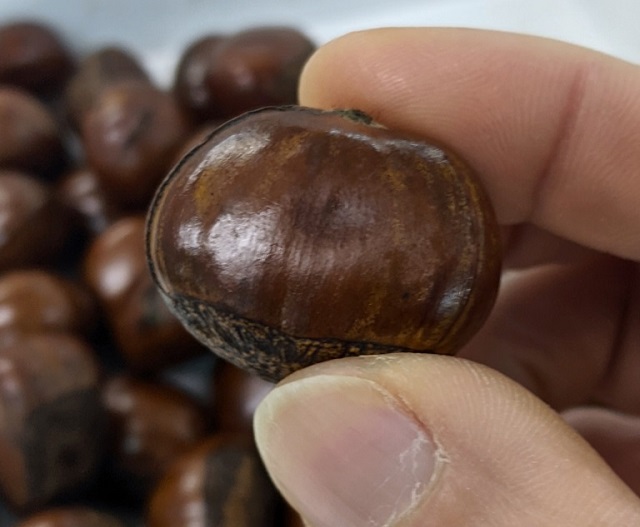
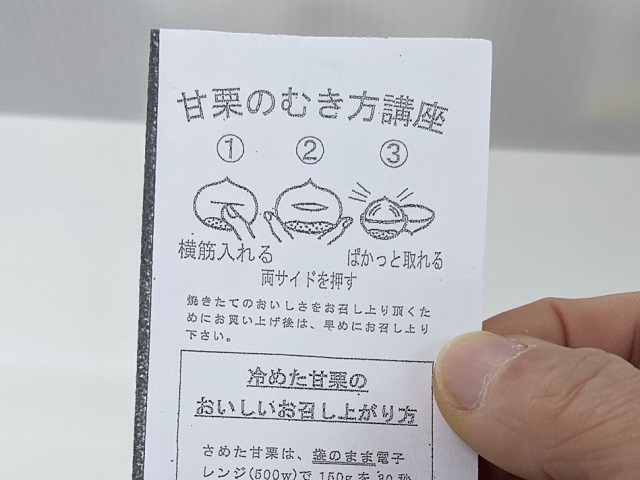
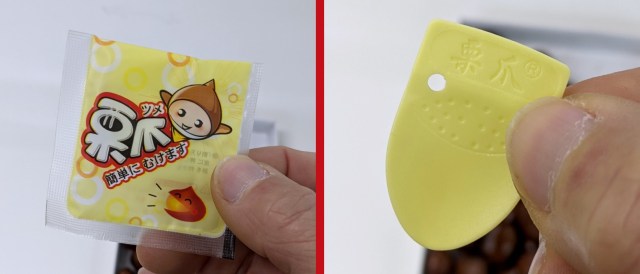
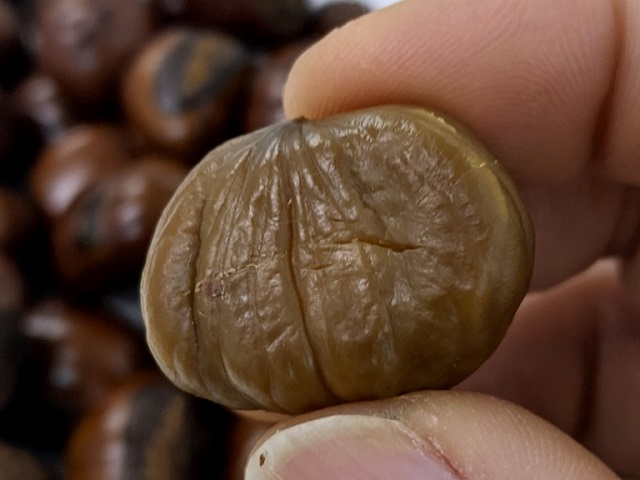
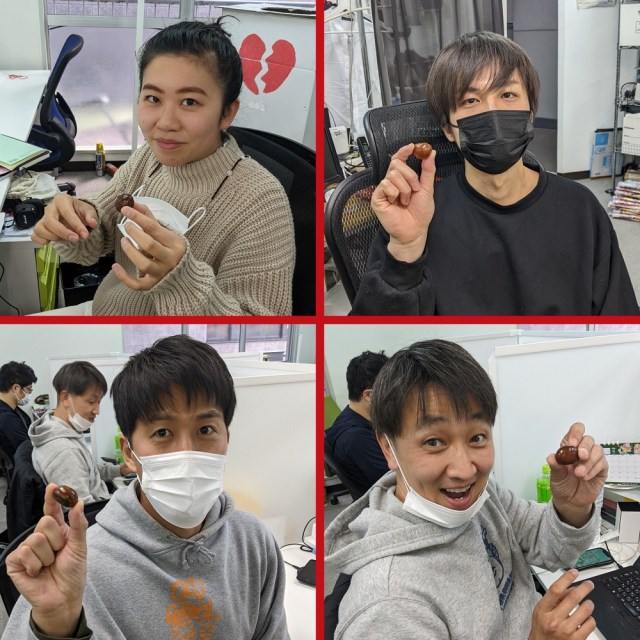
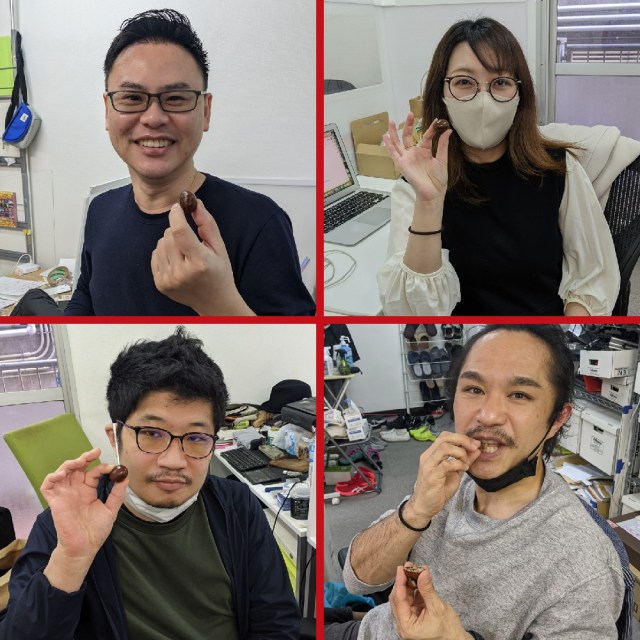
 Hidden in plain sight, low-key sweets shop surviving in Tokyo’s street market is a tasty treasure
Hidden in plain sight, low-key sweets shop surviving in Tokyo’s street market is a tasty treasure Tokyo’s most famous Starbucks is closed
Tokyo’s most famous Starbucks is closed Is that restaurant in Tokyo with the giant mecha crab sign any good?
Is that restaurant in Tokyo with the giant mecha crab sign any good? Turning a crazy cheap country Japanese house into a home — Step 9: Chestnuts【SoraHouse】
Turning a crazy cheap country Japanese house into a home — Step 9: Chestnuts【SoraHouse】 Japanese chain Bikkuri Donkey’s enormous salad almost beats Mr. Sato, but not because of its size
Japanese chain Bikkuri Donkey’s enormous salad almost beats Mr. Sato, but not because of its size Red light district sushi restaurant in Tokyo shows us just how wrong we were about it
Red light district sushi restaurant in Tokyo shows us just how wrong we were about it Historical figures get manga makeovers from artists of Spy x Family, My Hero Academia and more
Historical figures get manga makeovers from artists of Spy x Family, My Hero Academia and more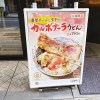 Limited-edition Carbonara Udon will anger noodle purists and pasta lovers 【Taste test】
Limited-edition Carbonara Udon will anger noodle purists and pasta lovers 【Taste test】 Anime girl English teacher Ellen-sensei becomes VTuber/VVTUber and NFT
Anime girl English teacher Ellen-sensei becomes VTuber/VVTUber and NFT McDonald’s new Happy Meals offer up cute and practical Sanrio lifestyle goods
McDonald’s new Happy Meals offer up cute and practical Sanrio lifestyle goods Japan’s massive matcha parfait weighs 6 kilos, contains hidden surprises for anyone who eats it
Japan’s massive matcha parfait weighs 6 kilos, contains hidden surprises for anyone who eats it Pokémon Sleep camping suite and guestrooms coming to Tokyo Hyatt along with giant Snorlax burgers
Pokémon Sleep camping suite and guestrooms coming to Tokyo Hyatt along with giant Snorlax burgers Sandwiches fit for a sumo served up in Osaka【Taste Test】
Sandwiches fit for a sumo served up in Osaka【Taste Test】 We try out “Chan Ramen”, an underground type of ramen popular in the ramen community
We try out “Chan Ramen”, an underground type of ramen popular in the ramen community Japanese ramen restaurants under pressure from new yen banknotes
Japanese ramen restaurants under pressure from new yen banknotes All-you-can-drink Starbucks and amazing views part of Tokyo’s new 170 meter-high sky lounge
All-you-can-drink Starbucks and amazing views part of Tokyo’s new 170 meter-high sky lounge More foreign tourists than ever before in history visited Japan last month
More foreign tourists than ever before in history visited Japan last month French Fries Bread in Tokyo’s Shibuya becomes a hit on social media
French Fries Bread in Tokyo’s Shibuya becomes a hit on social media Studio Ghibli releases new action figures featuring Nausicaä of the Valley of the Wind characters
Studio Ghibli releases new action figures featuring Nausicaä of the Valley of the Wind characters New private rooms on Tokaido Shinkansen change the way we travel from Tokyo to Kyoto
New private rooms on Tokaido Shinkansen change the way we travel from Tokyo to Kyoto Starbucks reopens at Shibuya Scramble Crossing with new look and design concept
Starbucks reopens at Shibuya Scramble Crossing with new look and design concept Studio Ghibli glasses cases let anime characters keep an eye on your spectacles
Studio Ghibli glasses cases let anime characters keep an eye on your spectacles Beautiful Ghibli sealing wax kits let you create accessories and elegant letter decorations【Pics】
Beautiful Ghibli sealing wax kits let you create accessories and elegant letter decorations【Pics】 Studio Ghibli releases Kiki’s Delivery Service chocolate cake pouches in Japan
Studio Ghibli releases Kiki’s Delivery Service chocolate cake pouches in Japan New definition of “Japanese whiskey” goes into effect to prevent fakes from fooling overseas buyers
New definition of “Japanese whiskey” goes into effect to prevent fakes from fooling overseas buyers Our Japanese reporter visits Costco in the U.S., finds super American and very Japanese things
Our Japanese reporter visits Costco in the U.S., finds super American and very Japanese things Studio Ghibli unveils Mother’s Day gift set that captures the love in My Neighbour Totoro
Studio Ghibli unveils Mother’s Day gift set that captures the love in My Neighbour Totoro New Japanese KitKat flavour stars Sanrio characters, including Hello Kitty
New Japanese KitKat flavour stars Sanrio characters, including Hello Kitty New Pokémon cakes let you eat your way through Pikachu and all the Eevee evolutions
New Pokémon cakes let you eat your way through Pikachu and all the Eevee evolutions Disney princesses get official manga makeovers for Manga Princess Cafe opening in Tokyo
Disney princesses get official manga makeovers for Manga Princess Cafe opening in Tokyo Sales of Japan’s most convenient train ticket/shopping payment cards suspended indefinitely
Sales of Japan’s most convenient train ticket/shopping payment cards suspended indefinitely Sold-out Studio Ghibli desktop humidifiers are back so Totoro can help you through the dry season
Sold-out Studio Ghibli desktop humidifiers are back so Totoro can help you through the dry season Japanese government to make first change to romanization spelling rules since the 1950s
Japanese government to make first change to romanization spelling rules since the 1950s Ghibli founders Toshio Suzuki and Hayao Miyazaki contribute to Japanese whisky Totoro label design
Ghibli founders Toshio Suzuki and Hayao Miyazaki contribute to Japanese whisky Totoro label design Doraemon found buried at sea as scene from 1993 anime becomes real life【Photos】
Doraemon found buried at sea as scene from 1993 anime becomes real life【Photos】 Tokyo’s most famous Starbucks is closed
Tokyo’s most famous Starbucks is closed One Piece characters’ nationalities revealed, but fans have mixed opinions
One Piece characters’ nationalities revealed, but fans have mixed opinions We asked a Uniqlo employee what four things we should buy and their suggestions didn’t disappoint
We asked a Uniqlo employee what four things we should buy and their suggestions didn’t disappoint Princesses, fruits, and blacksmiths: Study reveals the 30 most unusual family names in Japan
Princesses, fruits, and blacksmiths: Study reveals the 30 most unusual family names in Japan Man vs. Steak: We band together to eat 4.5 kilograms of beef at Ikinari Steak
Man vs. Steak: We band together to eat 4.5 kilograms of beef at Ikinari Steak Starbucks Japan announces first of its 2022 fall menu, designed by Starbucks employees
Starbucks Japan announces first of its 2022 fall menu, designed by Starbucks employees Taste-testing Japan’s crazy-expensive 3,240-yen (US$29) persimmon
Taste-testing Japan’s crazy-expensive 3,240-yen (US$29) persimmon Mr. Sato decides to go out for a cup of coffee…with a giant 20-pound Starbucks mug!
Mr. Sato decides to go out for a cup of coffee…with a giant 20-pound Starbucks mug! Tokyo’s spicy cod roe ice cream: An unexpected dessert that tastes about like what you’d expect
Tokyo’s spicy cod roe ice cream: An unexpected dessert that tastes about like what you’d expect Mr. Sato stuffs himself at an all-you-can-eat bakery event and ascends to carb heaven【Pics】
Mr. Sato stuffs himself at an all-you-can-eat bakery event and ascends to carb heaven【Pics】 Diet donuts? Japan’s most popular donut chain releases new low-fat line, and we try them all
Diet donuts? Japan’s most popular donut chain releases new low-fat line, and we try them all Be Mr. Sato’s online friend, and he might take you to dinner, like he did with these foreign fans
Be Mr. Sato’s online friend, and he might take you to dinner, like he did with these foreign fans Mr. Sato divulges the contents of a 2015 Apple Store Lucky Bag–will he get a lame t-shirt again?
Mr. Sato divulges the contents of a 2015 Apple Store Lucky Bag–will he get a lame t-shirt again? Annual Tokyo memorial for March 11 tsunami comes with a heartwarming musical surprise【Video】
Annual Tokyo memorial for March 11 tsunami comes with a heartwarming musical surprise【Video】 Douhua, a delicious tofu pudding, is Mr. Sato’s new favourite food
Douhua, a delicious tofu pudding, is Mr. Sato’s new favourite food Is it possible to make a cheap senbero drinking party with your dog? 【Japan’s Best Home Senbero】
Is it possible to make a cheap senbero drinking party with your dog? 【Japan’s Best Home Senbero】 App that buys your receipts crashes within hours of release due to too many users
App that buys your receipts crashes within hours of release due to too many users Mr. Sato attempts to conquer mountains of shaved ice at all-you-can-eat event
Mr. Sato attempts to conquer mountains of shaved ice at all-you-can-eat event Tokyo police stopped us for random questioning, so we asked them to recommend a good restaurant
Tokyo police stopped us for random questioning, so we asked them to recommend a good restaurant Choux pastry mania: Mr. Sato tries Beard Papa’s new Japanese-style cream puffs 【Taste Test】
Choux pastry mania: Mr. Sato tries Beard Papa’s new Japanese-style cream puffs 【Taste Test】
Leave a Reply